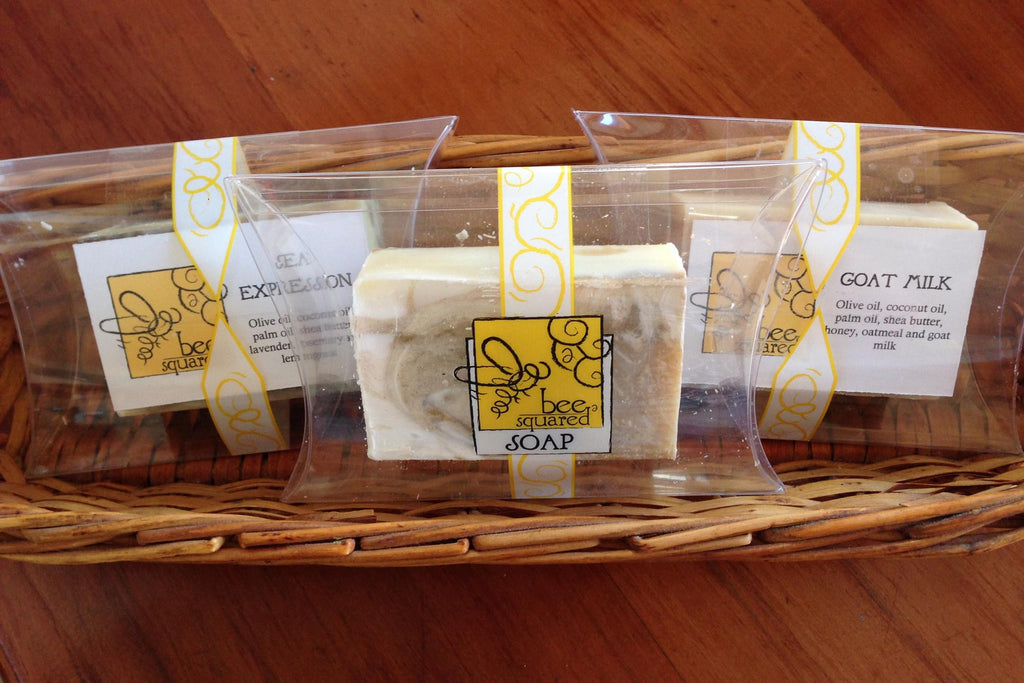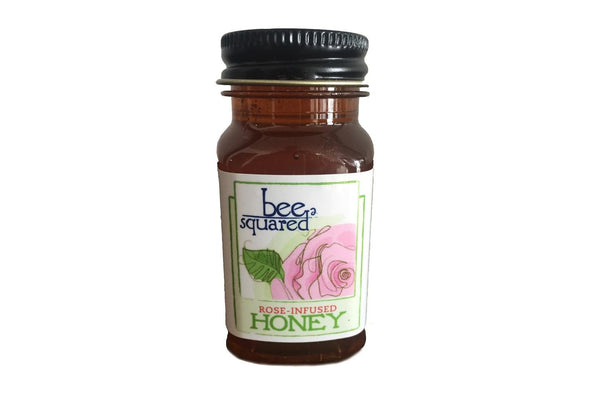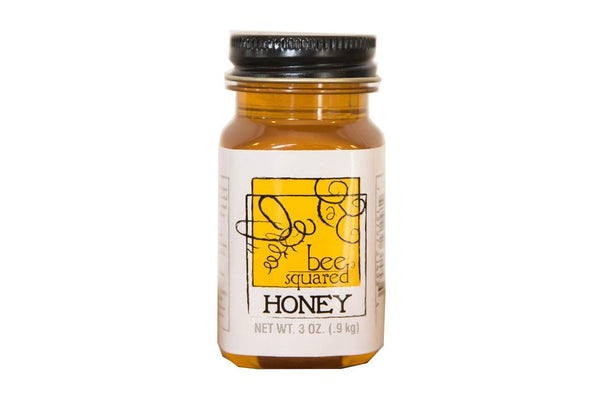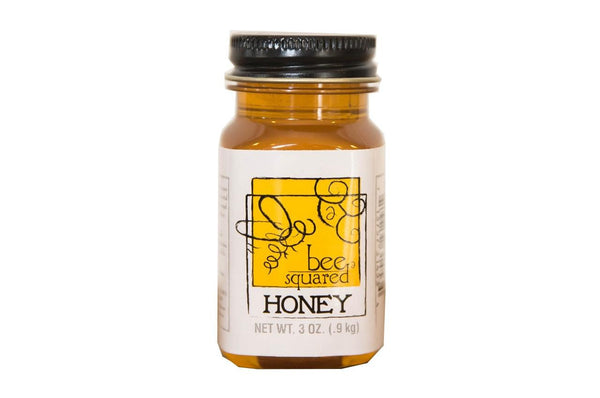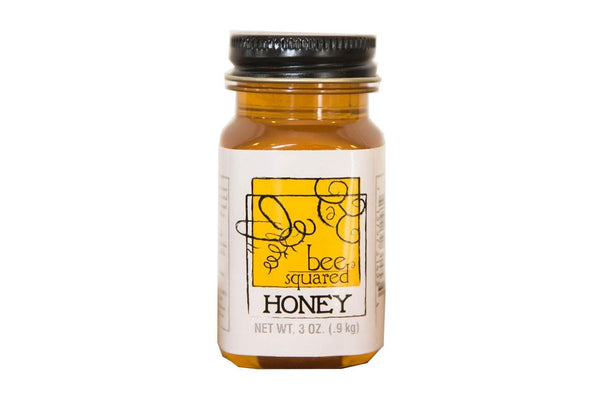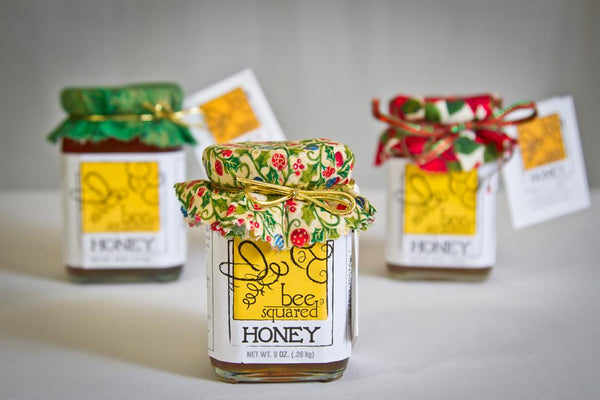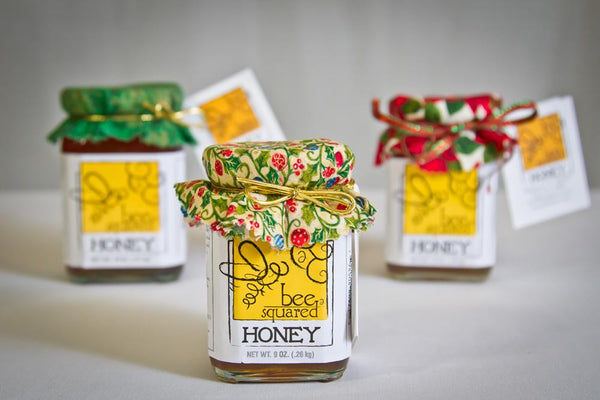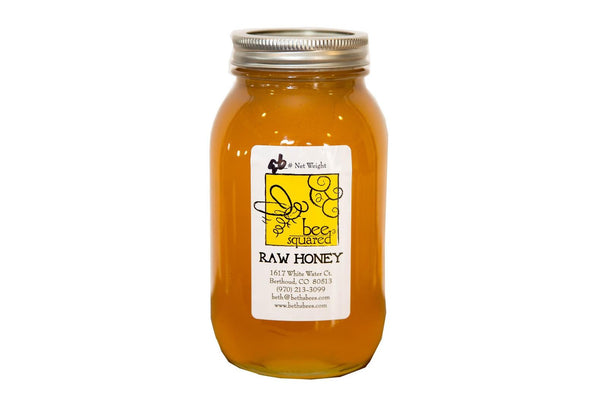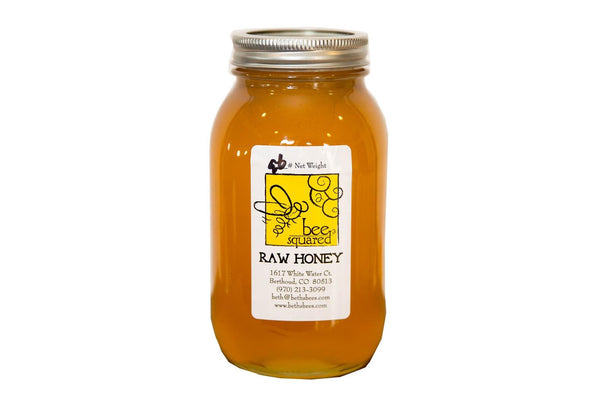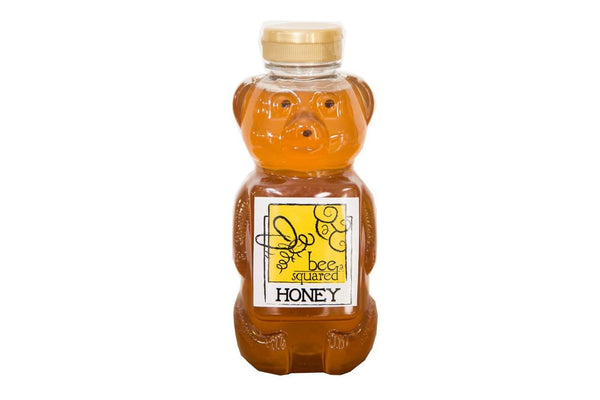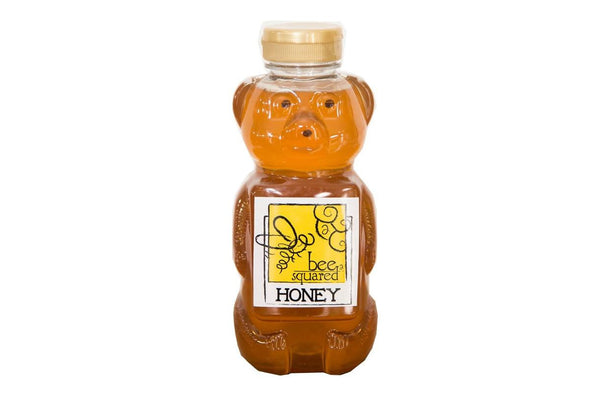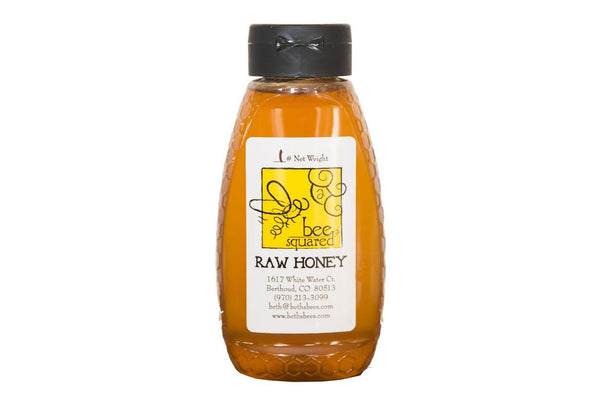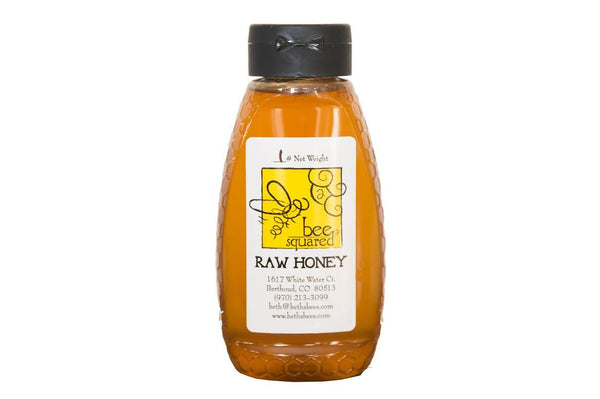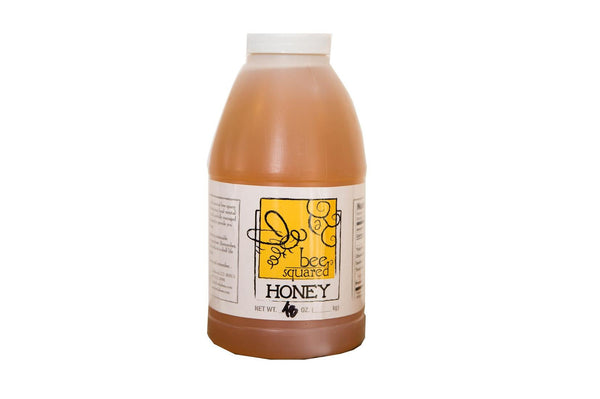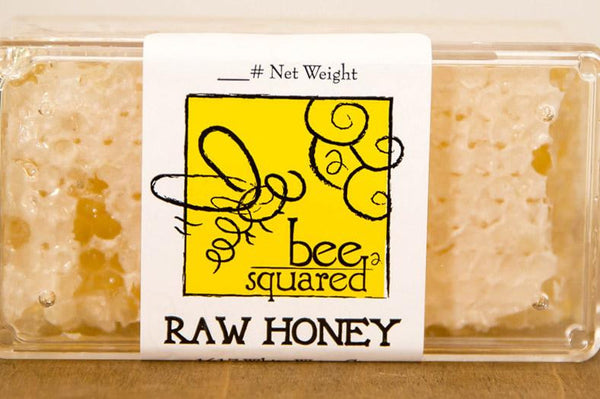hese all-natural, long-lasting soaps smell wonderful, make a terrific lather and are gentle on your skin. They are made with all natural ingredients derived without chemical synthesis. Beautiful bars that look great, smell great and work great. Try some today! 4-5 oz. Hand Cut.
Scents
Cedarwood — Bring a sauna into your shower! Swirled cream and red-brown.
Citrus — grapefruit, lavender, lemon and orange. Swirled cream and orange.
Desert Sunrise — Eucalyptus, lavender, tea tree, anise. Swirled cream, orange and gold.
Eucalyptus — smells like the California coast! Swirled cream and green/brown.
Garden of Eden — lavender, orange, lime, grapefruit and rosemary Swirled cream, taupe and forest green.
Goat Milk with Oatmeal — Unscented. Oatmeal for exfoliating. Cream.
Honey and Mint — Invigorating! Cream colored bar with crushed mint leaves.
Lemongrass — Refreshingly lemon! Cream bar with blue-gray swirls.
Lemon and Rosemary — A cream colored bar with rosemary leaves.
Lavender and Calendula — As popular as the Sea Expression. A beautiful cream colored bar with flecks of purple lavender buds and golden yellow calendula petals.
Patchouli Orange — Patchouli. You love it or you don't! A unique and beautiful bar of red-brown and green swirl.
Sea Expression — our most popular! Lavender, rosemary and lemongrass. Cream bar with royal blue swirls.
Springtime — grapefruit, lemon and cinnamon leaf. Really does smell like spring! Cream, pale green and tan swirl.
Tea Tree — Tea tree, rosemary, lemon and lavender. Cream with crushed tea tree leaves.
Scents
Cedarwood — Bring a sauna into your shower! Swirled cream and red-brown.
Citrus — grapefruit, lavender, lemon and orange. Swirled cream and orange.
Desert Sunrise — Eucalyptus, lavender, tea tree, anise. Swirled cream, orange and gold.
Eucalyptus — smells like the California coast! Swirled cream and green/brown.
Garden of Eden — lavender, orange, lime, grapefruit and rosemary Swirled cream, taupe and forest green.
Goat Milk with Oatmeal — Unscented. Oatmeal for exfoliating. Cream.
Honey and Mint — Invigorating! Cream colored bar with crushed mint leaves.
Lemongrass — Refreshingly lemon! Cream bar with blue-gray swirls.
Lemon and Rosemary — A cream colored bar with rosemary leaves.
Lavender and Calendula — As popular as the Sea Expression. A beautiful cream colored bar with flecks of purple lavender buds and golden yellow calendula petals.
Patchouli Orange — Patchouli. You love it or you don't! A unique and beautiful bar of red-brown and green swirl.
Sea Expression — our most popular! Lavender, rosemary and lemongrass. Cream bar with royal blue swirls.
Springtime — grapefruit, lemon and cinnamon leaf. Really does smell like spring! Cream, pale green and tan swirl.
Tea Tree — Tea tree, rosemary, lemon and lavender. Cream with crushed tea tree leaves.
